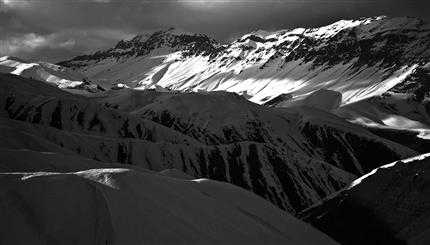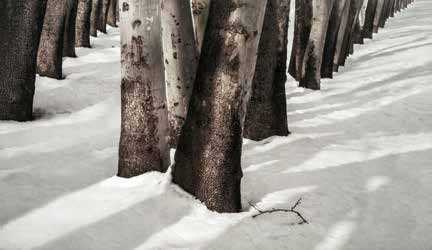- Window face to life
- Digital print on canvas
- Photography
- 220 * 140.2 cm
- Editions: 1
- Edition No. 1
- on reverse signed in Farsi and numbered 1/1, framed,
Artwork Description
“…Beyond this window
Something unknown is watching you and me
O green from head to foot…”
From the poem: The Wind Will Take Us - Forough Farrokhzad (1934-1967)
Considering Kiarostami’s penchant for subtle self- and cultural referents and his well known affinity with Iran’s most celebrated female modern poet, one could be forgiven for reading this recent set of colour photographs as paying homage to Forough Farrokhzad on the fortieth anniversary of her untimely demise.
A departure from his iconic photographic landscape series Snow White and Roads and Trees, famously shot during long walks in the hills north of Tehran between 1978-2003, and also quite distinct from his two 2006 colour series Rain and Trees and Crows, Window inevitably draws our attention to the framed and illuminated fecundity of nature beyond the dank and rotting interior of a ruined house which, atypically, takes up the best part of the composition. It also embodies the culmination of Kiarostami’s creative quest for essence and a progression of aesthetic principles already familiar from his cinema and poetry.
Much has been written about Kiarostami’s cinematographic oeuvre, its characteristically Iranian moral and social content, its formal evolution marked by ever growing minimalist tendencies and its mounting focus on the spiritual in nature. This inclination towards reduction offered up the single-shot five minute film The Birth of Light in 1997 and, two years later, the enigmatic full-length feature The Wind Will Carry Us, his first public tribute to Forough Farrokhzad (See Alberto Elena, The Cinema of Abbas Kiarostami, London, 2005, p.162, quoting Kiarostami acknowledging the strong connection between the film and Farrokhzad’s poem). Quintessentially, this film is an investigation of the capacity for life-changing experiences to influence the individuation process by altering perception. Furthermore, it sets out to deliberately transform the viewer’s gaze by advocating acceptance of and reflection on the “inevitable obscurity of reality.”(See Elena, 2005, p.153, “Kiarostami’s real and deeper concern in this film – and probably also in the rest of his work- is quite simply what Alain Bergala has called a ‘re-education of the gaze’.” See also Elena quoting Juan Miguel Company on the same page.) These concepts were also contemplated by Farrokhzad and Kiarostami’s lyrical alter ego, Sohrab Sepehri (1928-1980). Unsurprisingly, these experiments in subtraction culminated in the 2003 digital work Five, a meditation on scenes from nature devoid of tangible narrative and a work so reductive that it has moved beyond the confines of cinema altogether.
Significantly, the premier screening in 2001 of The Wind Will Carry Us was synchronised with the publication of Kiarostami’s volume of haikuesque poetry, Walking with the Wind and the first public showing of his photographs. Since then the mature Kiarostami has repeatedly exhibited his diverse output together, suggesting a creative compass pointing to a personal spirituality seeking clarity in reality, notions deeply embedded in the Persian poetic tradition and its rich and multilayered metaphysical iconography. “Religion,” Kiarostami has said, “points to another world, whereas art points to a better existence. One is an invitation, an offering to a faraway place, the other to a place that is close,” that is, the here and now.
Christa Paula
Something unknown is watching you and me
O green from head to foot…”
From the poem: The Wind Will Take Us - Forough Farrokhzad (1934-1967)
Considering Kiarostami’s penchant for subtle self- and cultural referents and his well known affinity with Iran’s most celebrated female modern poet, one could be forgiven for reading this recent set of colour photographs as paying homage to Forough Farrokhzad on the fortieth anniversary of her untimely demise.
A departure from his iconic photographic landscape series Snow White and Roads and Trees, famously shot during long walks in the hills north of Tehran between 1978-2003, and also quite distinct from his two 2006 colour series Rain and Trees and Crows, Window inevitably draws our attention to the framed and illuminated fecundity of nature beyond the dank and rotting interior of a ruined house which, atypically, takes up the best part of the composition. It also embodies the culmination of Kiarostami’s creative quest for essence and a progression of aesthetic principles already familiar from his cinema and poetry.
Much has been written about Kiarostami’s cinematographic oeuvre, its characteristically Iranian moral and social content, its formal evolution marked by ever growing minimalist tendencies and its mounting focus on the spiritual in nature. This inclination towards reduction offered up the single-shot five minute film The Birth of Light in 1997 and, two years later, the enigmatic full-length feature The Wind Will Carry Us, his first public tribute to Forough Farrokhzad (See Alberto Elena, The Cinema of Abbas Kiarostami, London, 2005, p.162, quoting Kiarostami acknowledging the strong connection between the film and Farrokhzad’s poem). Quintessentially, this film is an investigation of the capacity for life-changing experiences to influence the individuation process by altering perception. Furthermore, it sets out to deliberately transform the viewer’s gaze by advocating acceptance of and reflection on the “inevitable obscurity of reality.”(See Elena, 2005, p.153, “Kiarostami’s real and deeper concern in this film – and probably also in the rest of his work- is quite simply what Alain Bergala has called a ‘re-education of the gaze’.” See also Elena quoting Juan Miguel Company on the same page.) These concepts were also contemplated by Farrokhzad and Kiarostami’s lyrical alter ego, Sohrab Sepehri (1928-1980). Unsurprisingly, these experiments in subtraction culminated in the 2003 digital work Five, a meditation on scenes from nature devoid of tangible narrative and a work so reductive that it has moved beyond the confines of cinema altogether.
Significantly, the premier screening in 2001 of The Wind Will Carry Us was synchronised with the publication of Kiarostami’s volume of haikuesque poetry, Walking with the Wind and the first public showing of his photographs. Since then the mature Kiarostami has repeatedly exhibited his diverse output together, suggesting a creative compass pointing to a personal spirituality seeking clarity in reality, notions deeply embedded in the Persian poetic tradition and its rich and multilayered metaphysical iconography. “Religion,” Kiarostami has said, “points to another world, whereas art points to a better existence. One is an invitation, an offering to a faraway place, the other to a place that is close,” that is, the here and now.
Christa Paula
More lots by Abbas Kiarostami
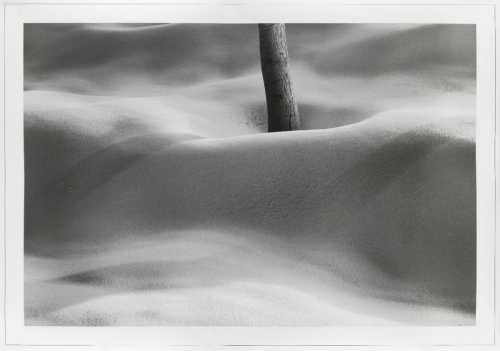
Untitled
Estimation
£1,000
1,163 USD
-
£1,500
1,744 USD
Sale Date
Rosebery's Auction
-
28 October 2022
Realized Price
23,060 USD
Min Estimate
13,898 USD
Max Estimate
19,396 USD
Average Artwork Worth
+33.17%
Average Growth of Artwork Worth
Sales Performance Against Estimates
Average & Median Sold Lot Value
2021 - 2025
Performance vs. Estimate
2021 - 2025
Sell-through Rate
2021 - 2025
Similar Artworks
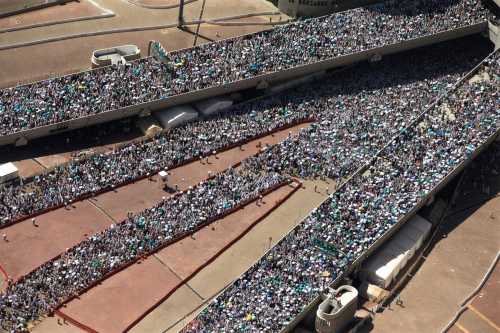
Human Highway (Desert of Pharan series)
Estimation
£20,000
24,434 USD
-
£30,000
36,651 USD
Realized Price
£37,800
46,180 USD
51.2%
Sale Date
Christie's
-
9 November 2023
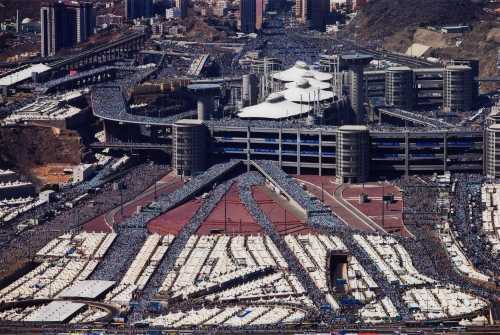
Human Highway (Mina) (Desert of Pharan series)
Estimation
£20,000
24,434 USD
-
£30,000
36,651 USD
Realized Price
£35,280
43,102 USD
41.12%
Sale Date
Christie's
-
9 November 2023

